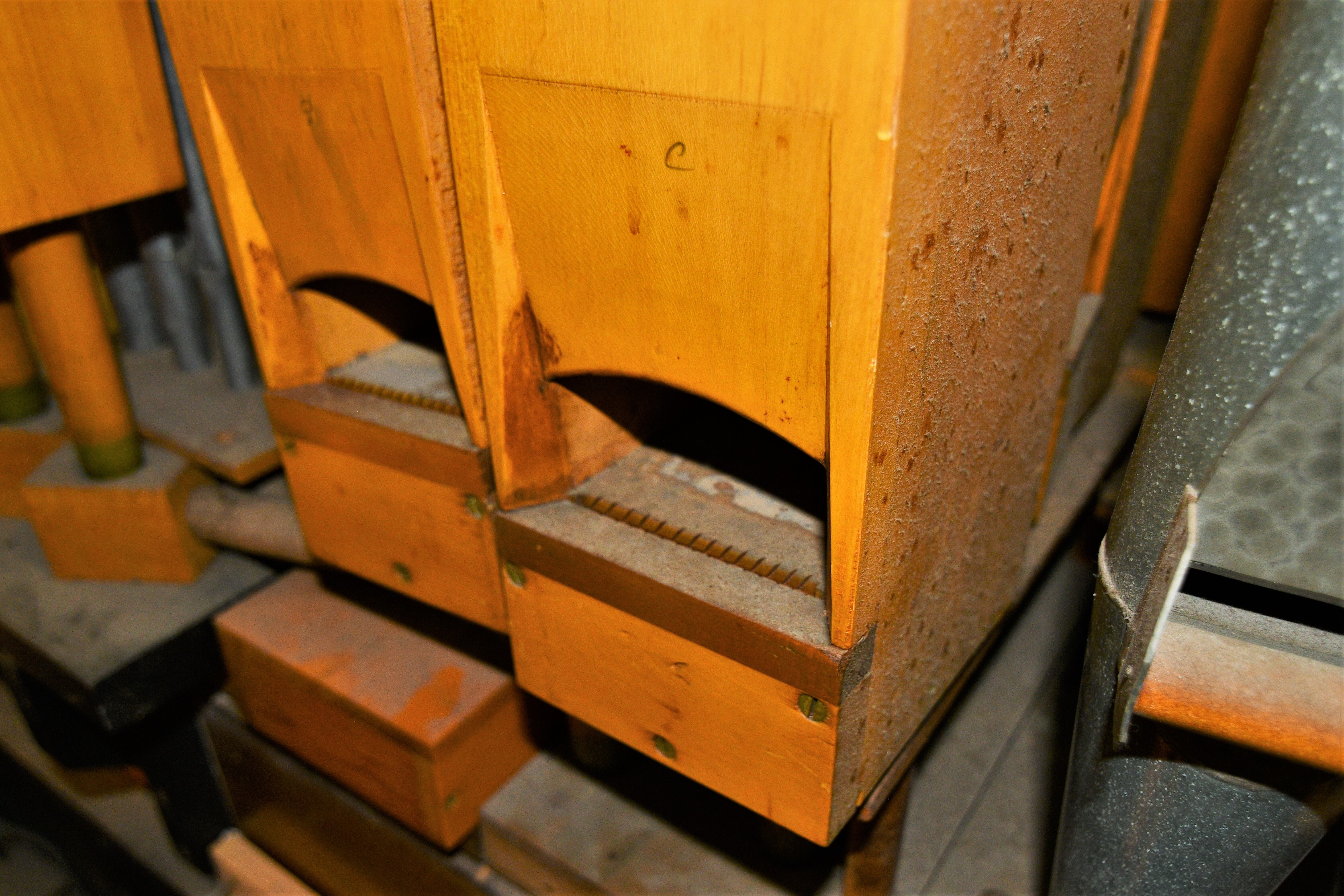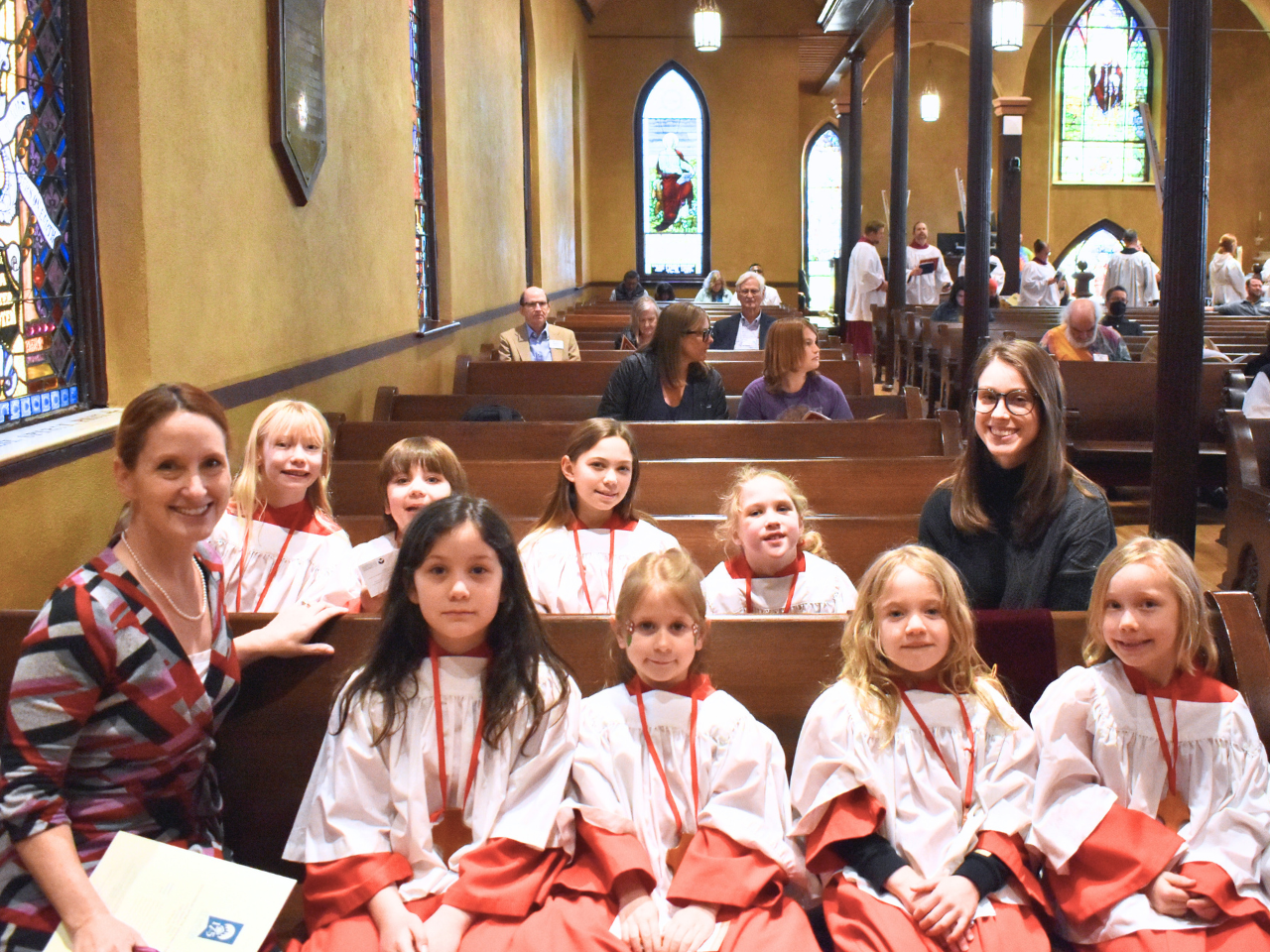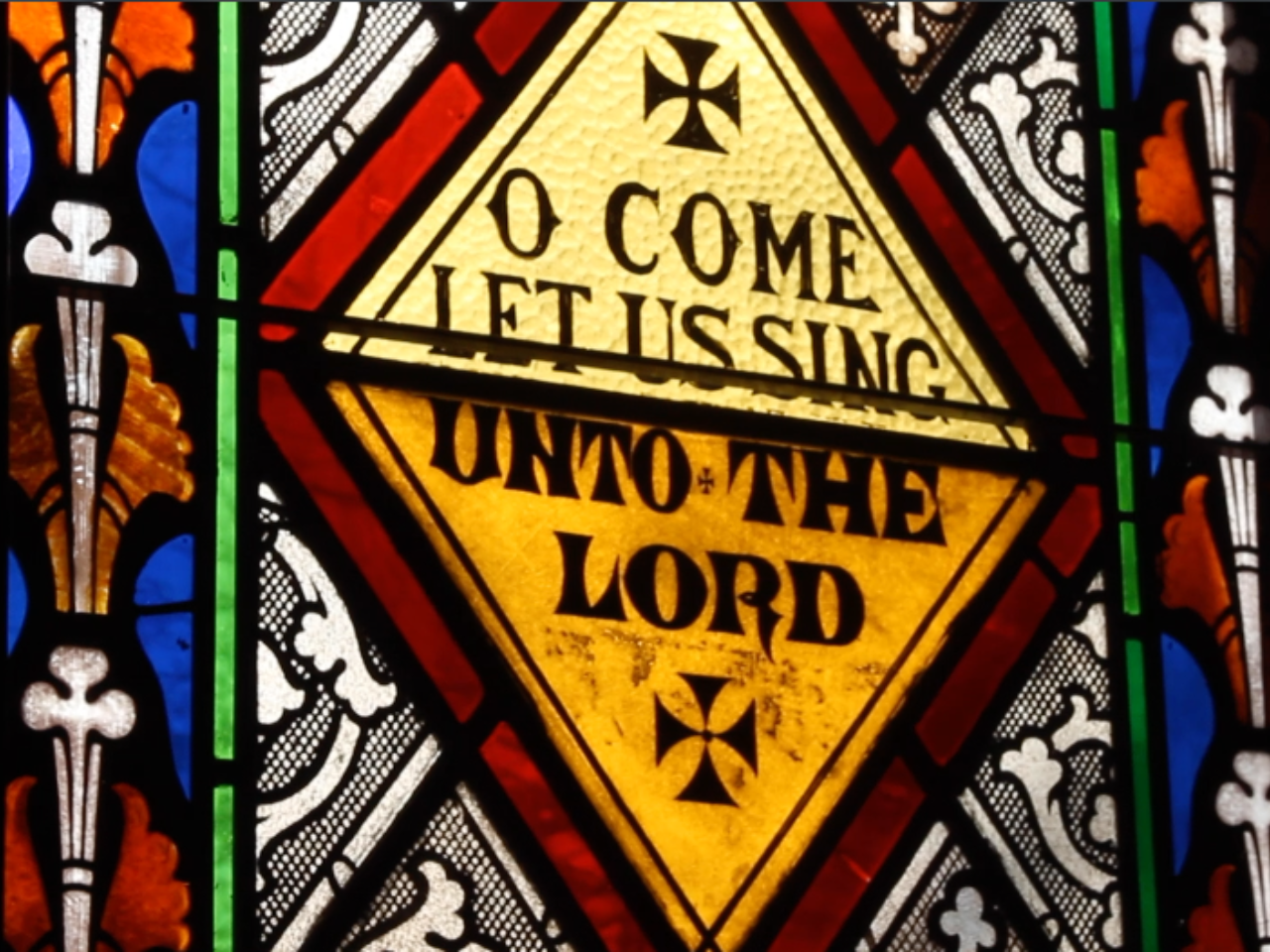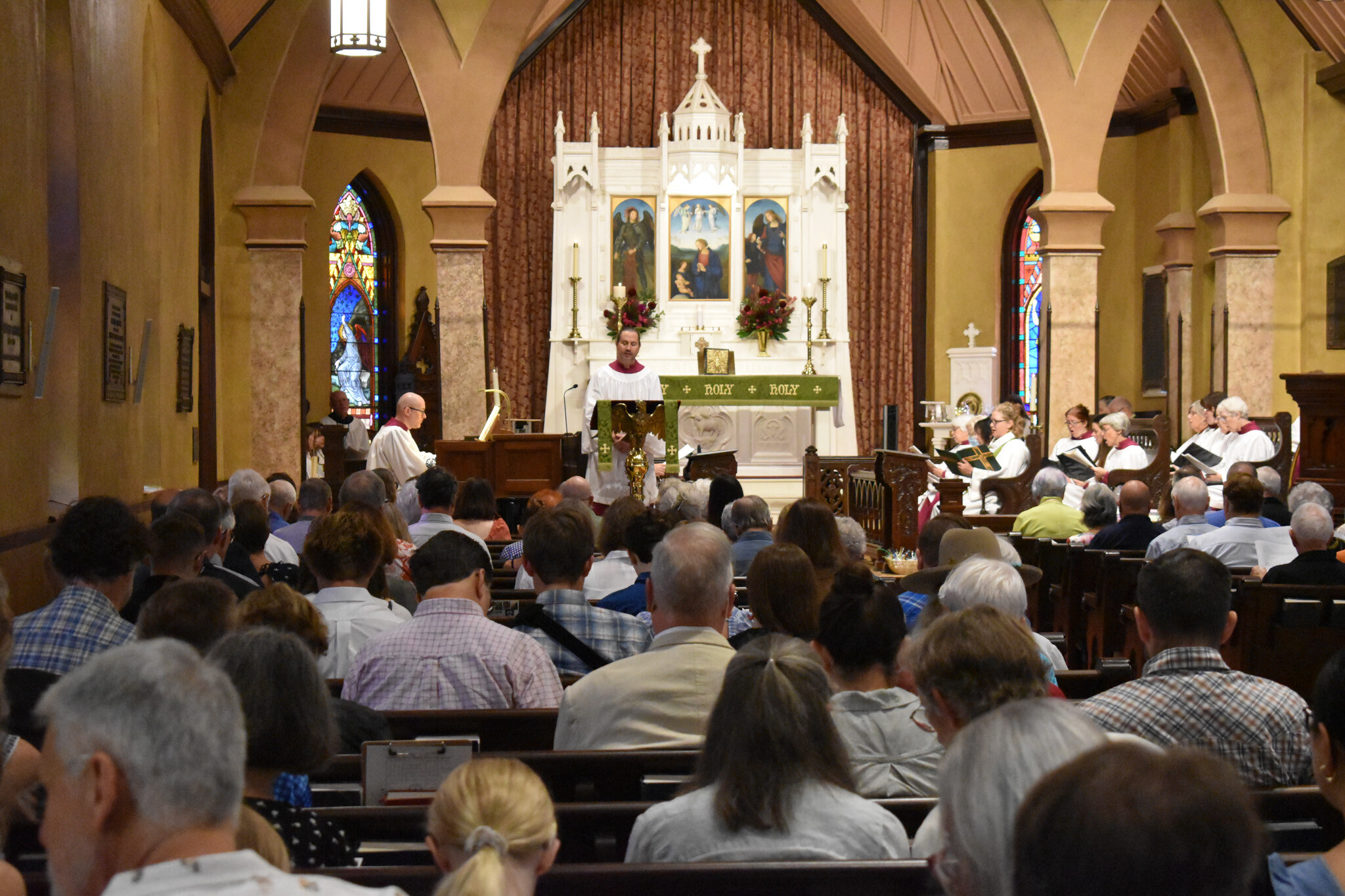
Frequently Asked Questions about the Historic Church Organ
Why do we need a new organ? It sounds fine to me.
Our organ has reached the end of its useful life without a major overhaul. The leather parts, in particular, only last 40-50 years. Ours is past 60. When new, it was only a routine instrument. After renovation in the 1960s, it was too big, loud, and poorly arranged. Servicing it is difficult and probably dangerous. It could fail at any time. As our consultant, John Bishop noted, “There is no single stop on the organ on which a lovely melody could be played without the distraction of uneven tone.”
How much will a new organ cost?
A very preliminary guess is $2 million. We can’t be more precise until we are closer to hiring an organ builder.
Why can’t the current organ just be repaired?
Experts believe repairing it would be as costly as building a new organ.
Was maintenance neglected, leading to the need to replace it?
No. The organ has always been regularly maintained and tuned.
To save money, could we get an electronic organ instead of a pipe organ?
No. One of St. David’s core values is Be Authentic. When renovating the Historic Church, we restored the stained-glass windows rather than replacing them with cheap colored plastic film.
Why did the organ wear out so quickly? Wasn’t it just replaced during the Historic Church renovation?
Only the console (the keyboard/pedals unit) was replaced.
To save money, can the new console be used with a new organ?
Possibly, but not likely. Organ builders invariably want to build the console along with the pipes so the instrument is all new and works as one unit. If we opt for a mechanical-action organ, it would be incompatible with our electro-pneumatic console.
Why didn’t we wait to get a new console along with a new organ?
The console was replaced as a semi-emergency item, like the exterior steel braces that held up the East Wall while we raised money to restore the Historic Church. The old console was very difficult to play, “an ergonomic nightmare,” according to the testimony of all our previous organists. Only their skill hid its faults and the other faults of the organ.
Will new organ pipes be installed in the same location as the current pipes?
We won’t know until we are closer to hiring a builder. The current location is not optimal, with a portion of the ceiling blocking projection of the organ’s sound, but it’s difficult to envision moving it to a different location without losing seating capacity or blocking the stained-glass windows.




1 Comments
Login To Leave Comment
Jean Strehli May 14, 2025
Thank you for this very helpful information.